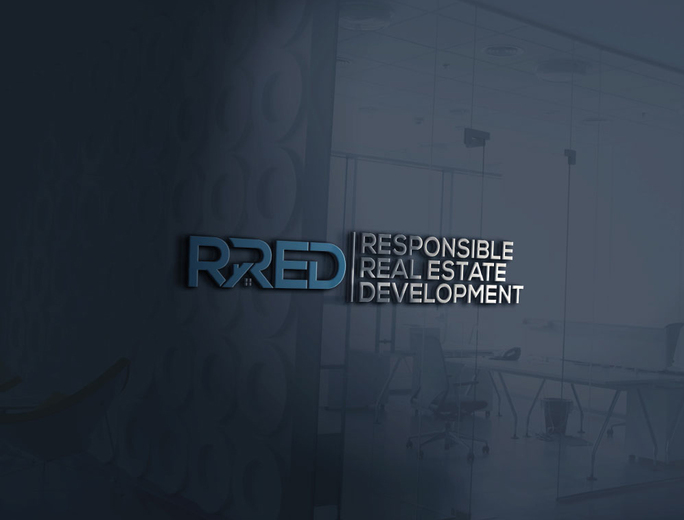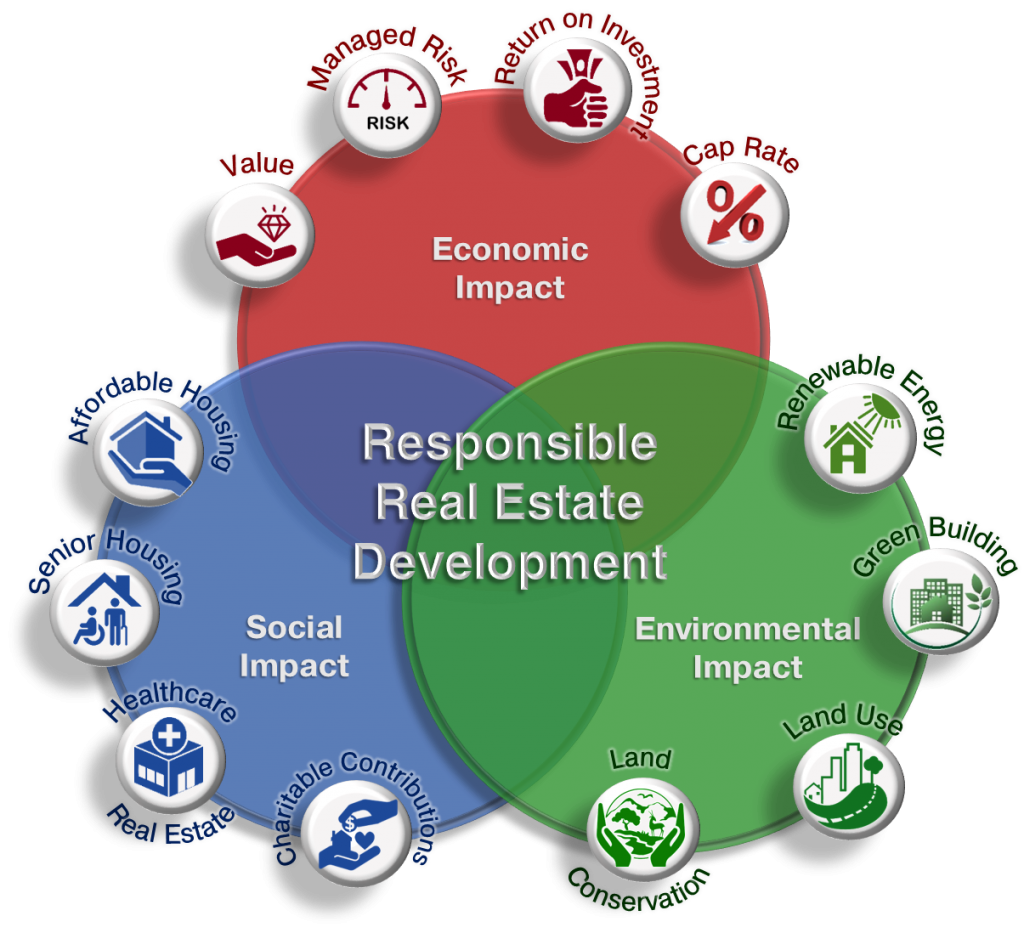The real estate sector uses more energy than any other sector and is a growing contributor to CO2 emissions. As reported by the World Economic Forum’s Industry Agenda Council on the Future of Real Estate & Urbanization, which brought together a wide range of representatives from the real estate industry, as well as city governments and academia. They were united in a common interest in the real estate industry and concern about the impacts of climate change and the environment on the future development of cities and the built environment.
3 Biggest C02 Contributors
41% Building
30% Industry
29% Transport
Although measurement is complex, most estimates suggest that the real estate sector is the single most significant sector in terms of CO2 contributions.
- The sector consumes over 40% of global energy annually
- 20% of total global greenhouse gas emissions originate from buildings
- Buildings use 40% of raw materials globally
- There is a projected 56% increase in building CO2 emissions by 2030
Since most building-related carbon emissions come from energy use, the first—and easiest—step in addressing emissions is reducing consumption through energy-efficient design. The next is replacing fossil fuels with on-site carbon-free renewable energy, then off-site renewables—a taller order since that means addressing our energy infrastructure. The final, and least preferred option, according to the WRI, is purchasing carbon offsets.
An energy efficient building could be a brand-new structure or an existing one retrofitted with new mechanical systems, heating, cooling, and lighting. In the United States about 95 percent of all buildings are more than a decade old and 82 percent of all commercial buildings were built before 2000. Meanwhile, about half of the floor space of all buildings in the U.S. is heated by burning fossil fuels onsite. Retrofits and renovations will be a crucial part of decarbonization.
Decarbonization could resemble a net-zero building, meaning that it produces renewable energy onsite and delivers as much energy to the electric grid as it uses. Taking it one step further is a net-zero carbon building, meaning that it produces as much power as it consumes annually, and the power comes from carbon-free renewable energy sources onsite or nearby. A net-zero carbon building, including embodied carbon, means that the building produces enough renewable energy to meet operations annually and offset the carbon emitted from construction.
How is the building sector already reducing carbon emissions?
Leaders in the architecture and building industry are exploring ways they can make a difference—work that has been going on for many years through certification programs like LEED, Energy Star, Passive House, and the Living Building Challenge. Architecture 2030, a group established in 2006, is working toward net-zero emissions in the building sector by 2050 through the publishing of educational materials as well as consulting with architects, policymakers, financial institutions, and governments.
C40, a network of cities committed to addressing climate change, is pursuing net-zero carbon in all new buildings by 2030 and all buildings by 2050. Last year, the U.S. Green Building Council launched LEED Zero, a new program to help designers achieve zero net energy in their structures. While the various green accreditations available to developers move environmental impact projects forward by no means is accreditation necessary. Some of the most impactful sustainable and responsible buildings use the rules in these accreditations as guidelines to move their projects in a more sustainable direction.




